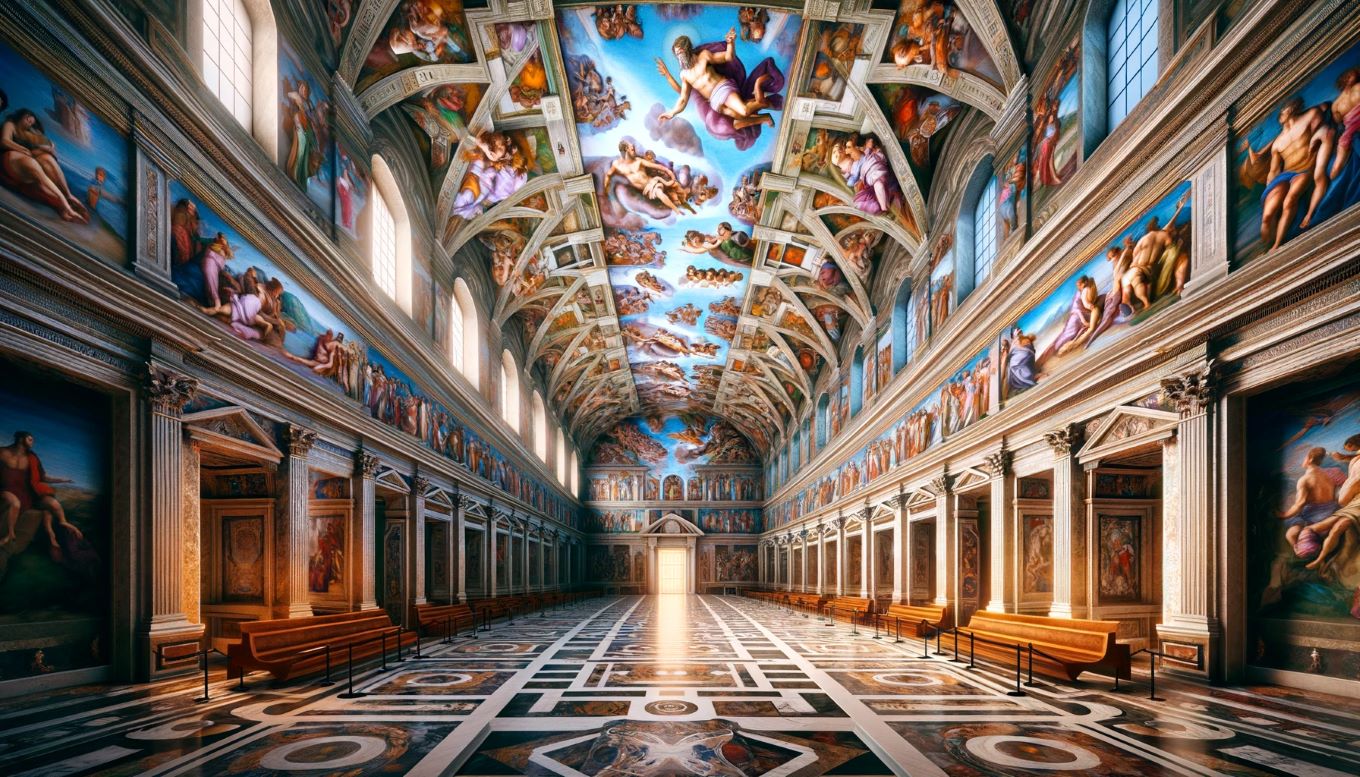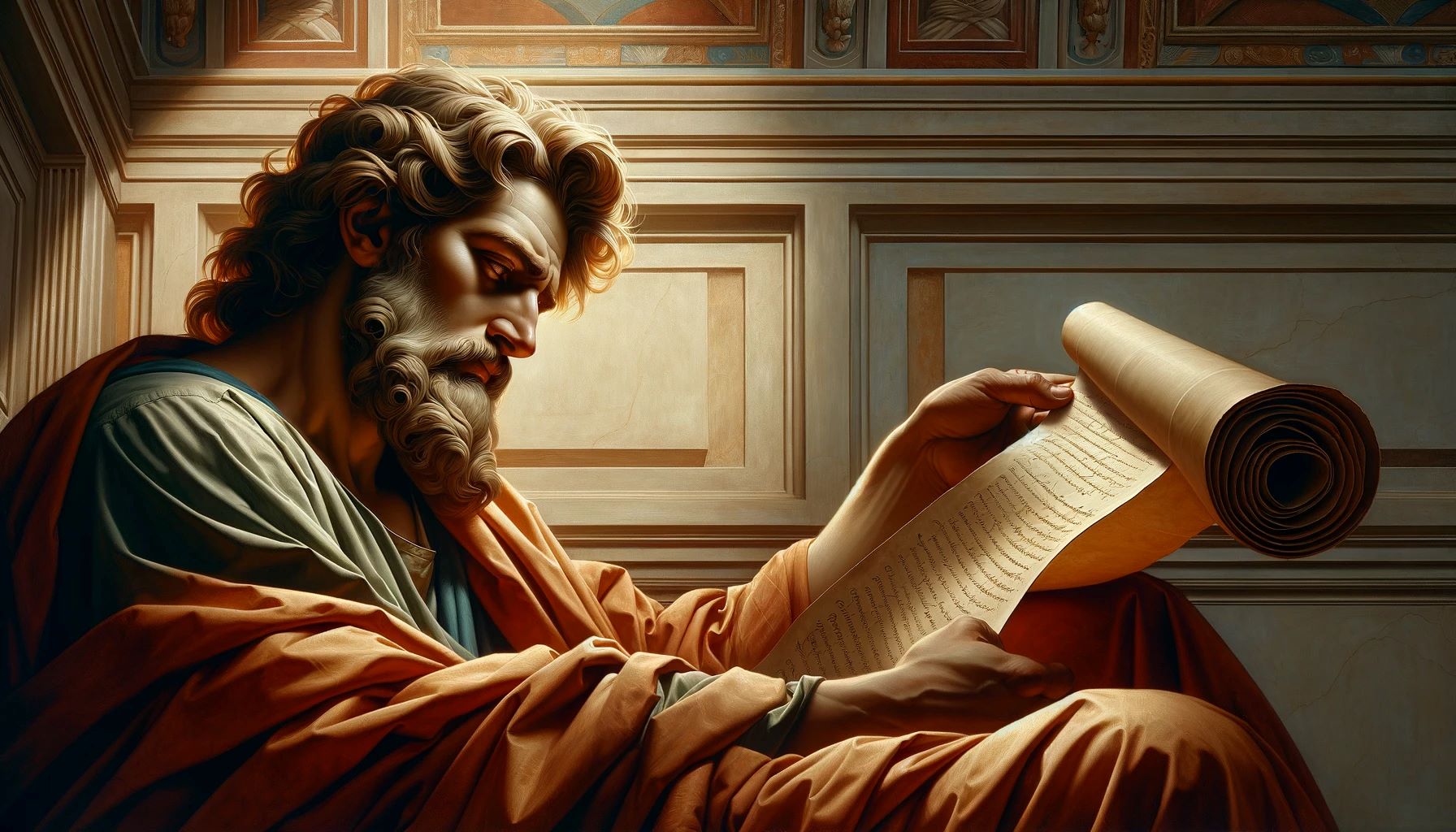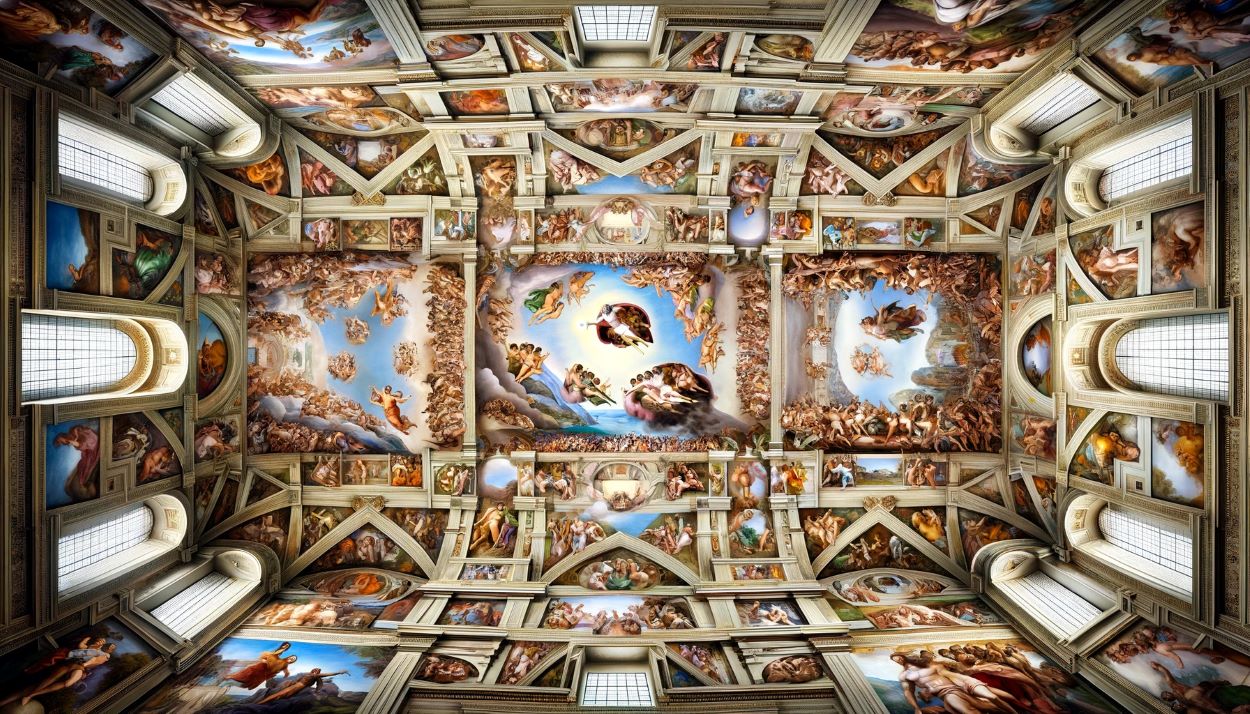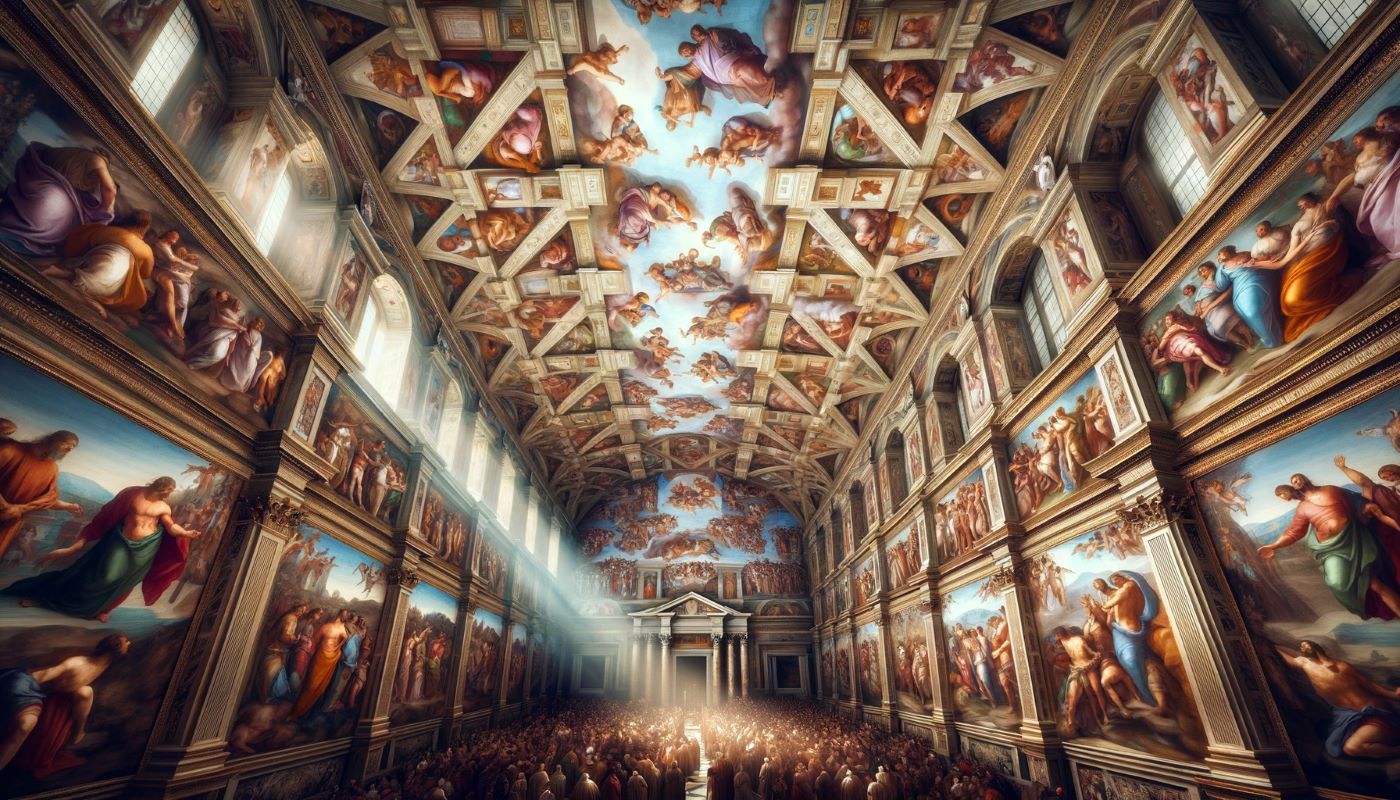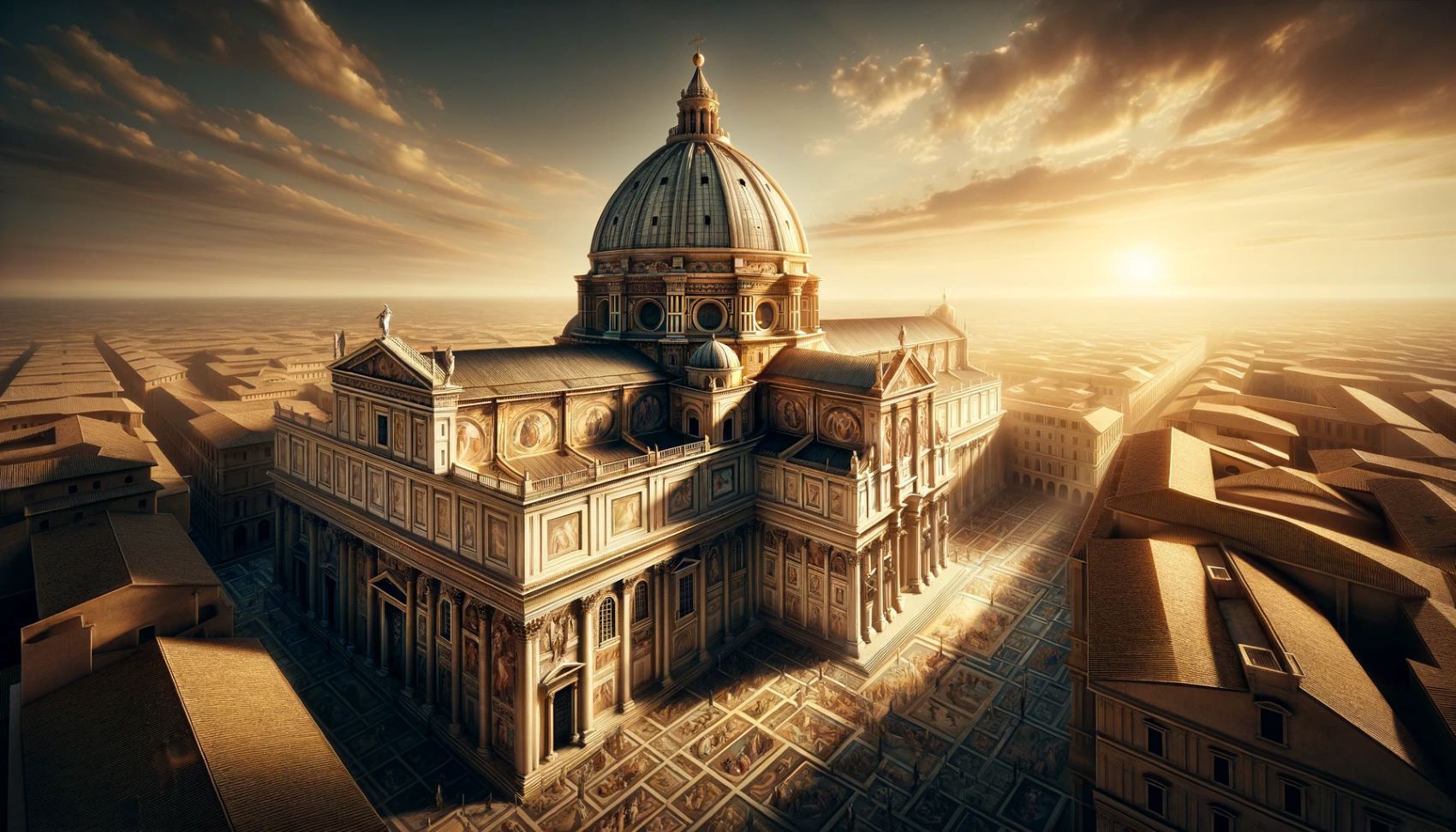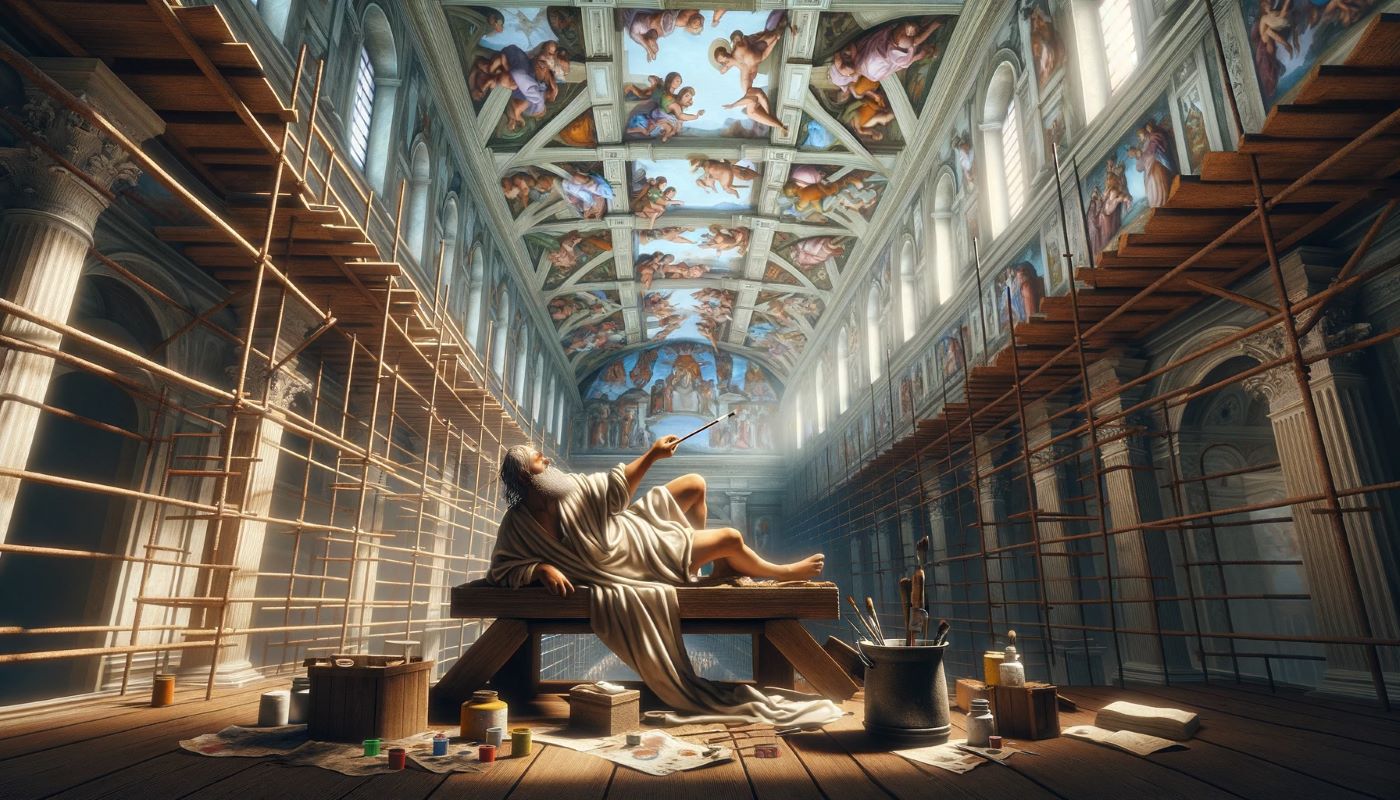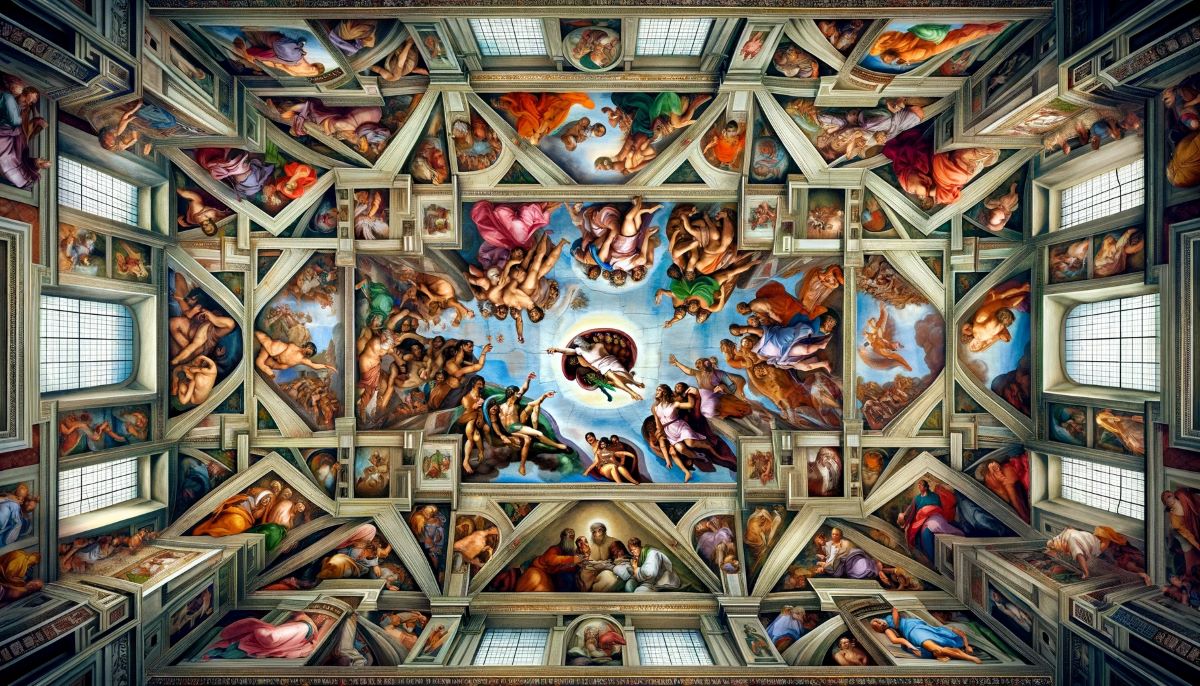Home>Arts and Culture>What City Is The Sistine Chapel Located?
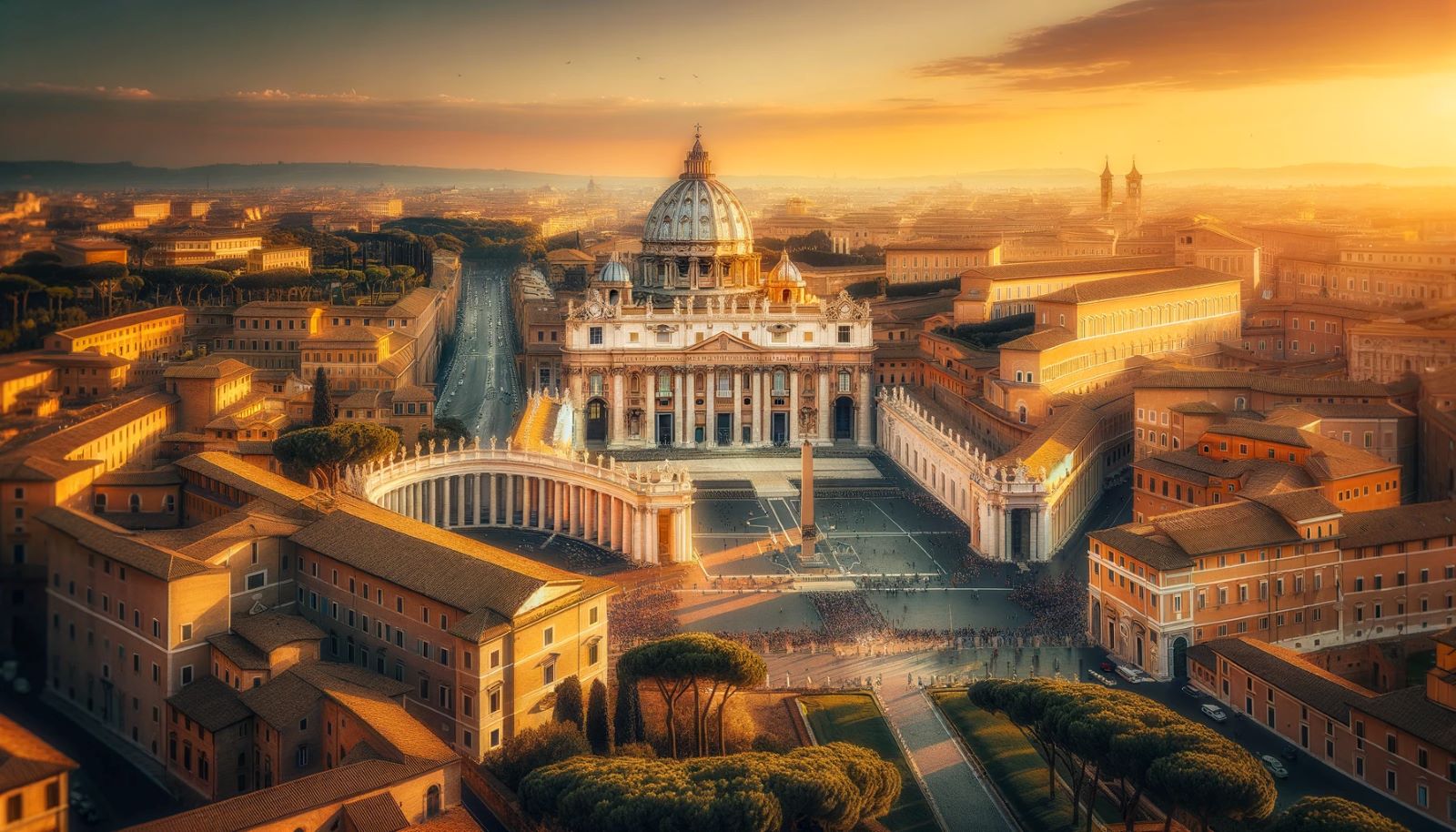

Arts and Culture
What City Is The Sistine Chapel Located?
Published: March 4, 2024
Peter Smith, Editorial Director at Christian.net, combines deep insights into faith, politics, and culture to lead content creation that resonates widely. Awarded for his contributions to religious discourse, he previously headed a major organization for religious communicators, enhancing dialogue on faith's societal impacts.
Discover the iconic Sistine Chapel in the heart of Vatican City, a must-see for art and culture enthusiasts. Explore the breathtaking masterpieces of Michelangelo and other renowned artists.
(Many of the links in this article redirect to a specific reviewed product. Your purchase of these products through affiliate links helps to generate commission for Christian.net, at no extra cost. Learn more)
Table of Contents
Introduction
The Sistine Chapel is one of the most renowned and revered sites in the world, attracting millions of visitors each year. This iconic chapel is located in the heart of Vatican City, a city-state enclaved within Rome, Italy. The Sistine Chapel is not only a place of religious significance but also a masterpiece of art and architecture. Its history, art, and architecture make it a must-visit for anyone interested in religious history, art, or architecture. In this article, we will delve into the history, art, and importance of the Sistine Chapel, as well as provide insights into visiting this extraordinary site.
Read more: What Is Depicted In The Sistine Chapel
History of the Sistine Chapel
The Sistine Chapel, officially known as the Cappella Magna, was commissioned by Pope Sixtus IV in 1473 and completed in 1481. The chapel was named after Pope Sixtus IV, who oversaw its construction. It was intended to be a place for important religious ceremonies and functions, including the papal conclave, the process by which a new pope is selected. The construction of the chapel was part of a larger project to renovate the Vatican, which included the building of the Vatican Library and the papal residence. The chapel's location within the Vatican City, the spiritual and administrative center of the Roman Catholic Church, further emphasized its significance.
The Sistine Chapel is renowned for its stunning frescoes, particularly the ceiling and the Last Judgment on the altar wall, both of which were painted by the great Italian artist Michelangelo. The ceiling, completed between 1508 and 1512, is adorned with intricate and breathtaking frescoes depicting scenes from the Book of Genesis, including the iconic "Creation of Adam." Michelangelo's work on the ceiling is considered one of the greatest artistic achievements in history and has solidified the Sistine Chapel's place as a mecca for art enthusiasts and religious pilgrims alike.
Over the centuries, the Sistine Chapel has undergone various restorations to preserve its remarkable artwork and maintain its structural integrity. Today, it stands as a testament to the enduring legacy of Renaissance art and the enduring power of faith and creativity. The history of the Sistine Chapel is a rich tapestry of artistic, religious, and cultural significance, making it a timeless symbol of human achievement and spiritual devotion.
Art and Architecture of the Sistine Chapel
The Sistine Chapel is a masterpiece of art and architecture, with every inch of its interior adorned with breathtaking works of art. The chapel's architecture reflects the Renaissance style, characterized by harmonious proportions, classical elements, and a sense of grandeur. The interior of the chapel features a high barrel-vaulted ceiling and a grand altar wall, creating a sense of awe and reverence for visitors.
The most celebrated artistic feature of the Sistine Chapel is undoubtedly the ceiling, which was painted by Michelangelo between 1508 and 1512. The ceiling frescoes depict nine scenes from the Book of Genesis, including the iconic "Creation of Adam," where the hands of God and Adam almost touch, symbolizing the moment of creation. The intricate details and vibrant colors of the frescoes are a testament to Michelangelo's unparalleled skill and artistic vision.
In addition to the ceiling, the altar wall of the Sistine Chapel is adorned with another of Michelangelo's masterpieces, the Last Judgment. Painted between 1536 and 1541, this monumental fresco depicts the second coming of Christ and the final judgment of souls. The sheer scale and emotional intensity of the Last Judgment make it a profound and thought-provoking work of art.
The chapel's walls are also adorned with frescoes by renowned artists such as Botticelli, Perugino, and Ghirlandaio, adding to the richness and diversity of the artistic experience within the chapel. The entire interior of the Sistine Chapel serves as a testament to the artistic genius of the Renaissance period and the enduring power of religious art to inspire and uplift.
The architectural and artistic elements of the Sistine Chapel come together to create a space that is not only visually stunning but also spiritually evocative. The combination of architectural grandeur and masterful artistry makes the Sistine Chapel a true marvel of human creativity and a testament to the enduring power of faith and artistic expression.
Importance of the Sistine Chapel
-
Spiritual Significance: The Sistine Chapel holds immense spiritual importance as the site of papal conclave, the process by which a new pope is elected. It serves as a place where the highest spiritual authority in the Roman Catholic Church is chosen, making it a focal point of faith and tradition for millions of Catholics worldwide.
-
Artistic Legacy: The Sistine Chapel is a treasure trove of Renaissance art, with its ceiling and altar wall adorned with masterpieces by Michelangelo. The frescoes not only showcase the artistic genius of the Renaissance but also convey profound religious narratives, making the chapel a unique intersection of art and spirituality.
-
Cultural Icon: As a symbol of artistic and architectural excellence, the Sistine Chapel has become a cultural icon, drawing art enthusiasts, scholars, and tourists from every corner of the globe. Its influence on art and culture is immeasurable, and its impact continues to resonate through the centuries.
-
Historical Significance: The history of the Sistine Chapel is intertwined with the history of the papacy and the Vatican. It has borne witness to pivotal moments in the Church's history and has served as the backdrop for significant religious ceremonies and events, adding to its historical significance.
-
Global Heritage: Designated as a UNESCO World Heritage Site, the Sistine Chapel is recognized as a site of universal value. Its preservation and protection are of international importance, ensuring that future generations can continue to marvel at its beauty and significance.
-
Inspiration and Contemplation: The Sistine Chapel provides a space for introspection, inspiration, and contemplation. Its art and architecture invite visitors to reflect on the divine, the human experience, and the enduring quest for spiritual fulfillment.
-
Educational Resource: The Sistine Chapel serves as an invaluable educational resource, offering insights into art history, religious symbolism, and the cultural context of the Renaissance. It continues to inspire and educate scholars, students, and art enthusiasts from around the world.
-
Symbol of Unity: As a place of pilgrimage for people of diverse backgrounds and beliefs, the Sistine Chapel stands as a symbol of unity and shared human heritage. It transcends religious boundaries and serves as a testament to the universal pursuit of beauty, truth, and transcendence.
The Sistine Chapel's importance extends far beyond its physical walls, encompassing spiritual, artistic, cultural, historical, and educational realms. It stands as a testament to the enduring power of human creativity, faith, and the quest for transcendence.
Visiting the Sistine Chapel
Visiting the Sistine Chapel is a profound and awe-inspiring experience that offers a glimpse into the intersection of art, history, and spirituality. Here are some essential tips and insights for making the most of your visit to this iconic site:
Read more: What Is The Value Of The Sistine Chapel
1. Planning Your Visit
Before visiting the Sistine Chapel, it's crucial to plan your trip carefully. Consider factors such as the time of year, as the chapel can be particularly crowded during peak tourist seasons. Purchasing tickets in advance or opting for guided tours can help you avoid long queues and make the most of your time inside the chapel.
2. Dress Code and Etiquette
As the Sistine Chapel is a place of worship, visitors are expected to dress modestly and respectfully. This means covering shoulders and knees, and avoiding clothing with offensive or inappropriate imagery. Additionally, maintaining a quiet and reverent demeanor is essential to preserve the sanctity of the space.
3. Exploring the Vatican Museums
The Sistine Chapel is part of the Vatican Museums complex, which houses an extraordinary collection of art and artifacts. Take the time to explore the museums before reaching the Sistine Chapel, as they offer a comprehensive overview of the history and artistry of the Vatican. From ancient sculptures to Renaissance masterpieces, the Vatican Museums provide a rich cultural experience.
4. Navigating the Chapel
Upon entering the Sistine Chapel, take a moment to absorb the grandeur of the space. The ceiling and walls are adorned with magnificent frescoes, each with its own story and symbolism. Consider hiring an audio guide or joining a guided tour to gain a deeper understanding of the art and its significance. Remember to be mindful of the chapel's rules, which prohibit photography and speaking loudly.
Read more: When Was The Sistine Chapel Restored
5. Contemplation and Reflection
As you stand beneath Michelangelo's masterpieces, allow yourself to engage in contemplation and reflection. The artistry and religious narratives depicted in the frescoes offer a profound opportunity for introspection. Take the time to appreciate the intricate details and the emotional depth conveyed in the artwork.
6. Understanding the Iconography
The frescoes in the Sistine Chapel are rich in symbolism and iconography. From the creation of Adam to the Last Judgment, each scene carries layers of meaning and theological significance. Consider delving into the iconographic elements before your visit to enhance your appreciation of the art and its historical context.
7. Exiting the Chapel
As you conclude your visit to the Sistine Chapel, exit with a sense of reverence and gratitude for the experience. Take a moment to absorb the significance of what you have witnessed and carry the memory of this extraordinary encounter with art and spirituality.
Visiting the Sistine Chapel is a journey through centuries of human creativity, faith, and cultural heritage. By approaching your visit with mindfulness and curiosity, you can truly immerse yourself in the profound beauty and significance of this iconic masterpiece.
Conclusion
The Sistine Chapel stands as a testament to the enduring legacy of art, faith, and human creativity. Its rich history, unparalleled artistry, and profound spiritual significance make it a beacon of inspiration for people from all walks of life. From the breathtaking frescoes adorning its ceiling and walls to its role as a site of papal conclave, the Sistine Chapel encapsulates the essence of the Renaissance and the enduring power of religious devotion. As visitors from around the world continue to flock to this iconic site, they are greeted not only by the artistic genius of Michelangelo and other masters but also by the palpable sense of reverence and awe that permeates the chapel's sacred space. The Sistine Chapel invites us to contemplate the intersection of art and spirituality, to marvel at the heights of human achievement, and to reflect on the timeless quest for transcendence. In doing so, it continues to inspire and uplift, serving as a timeless symbol of the beauty and depth of the human spirit.

